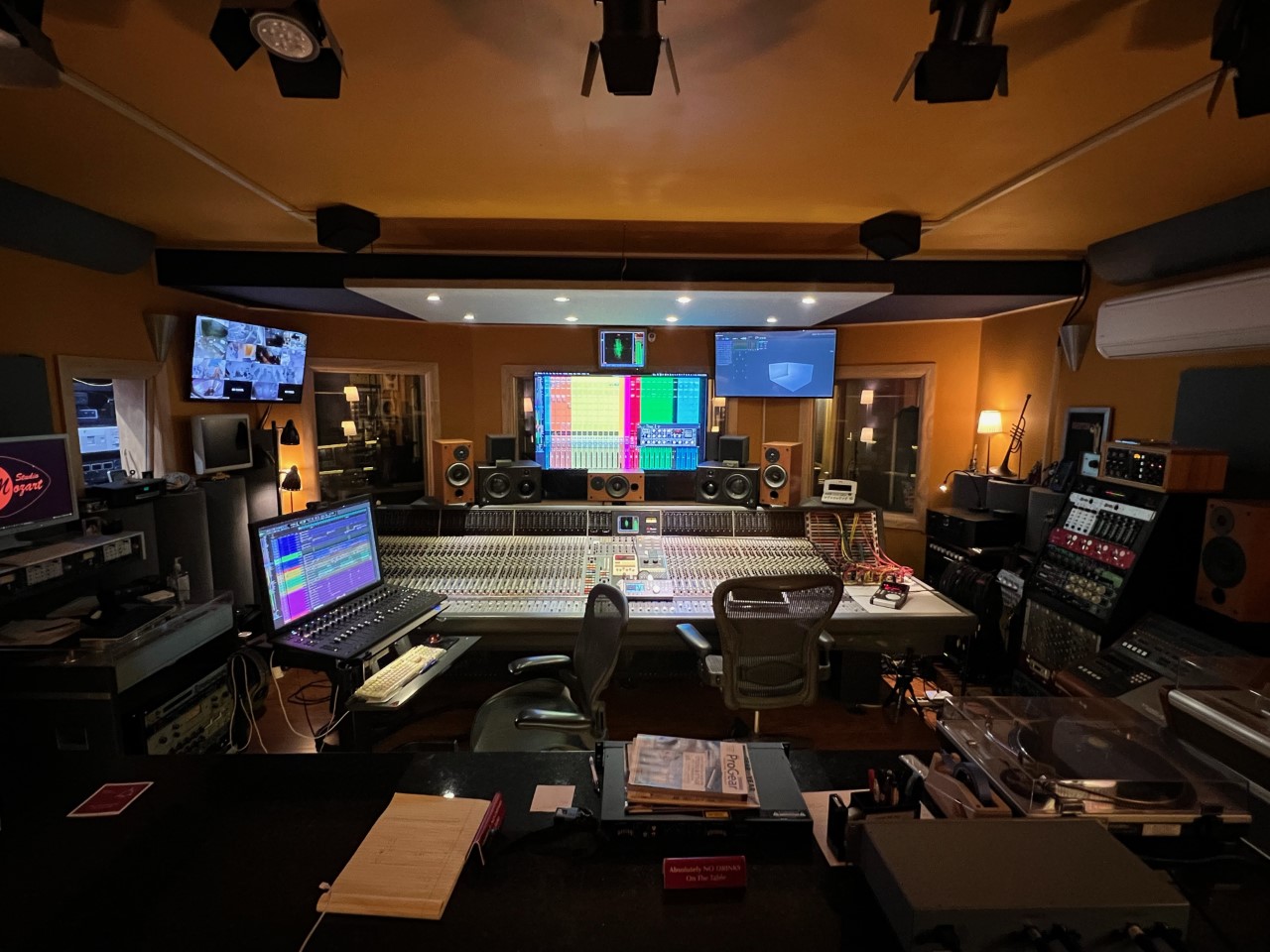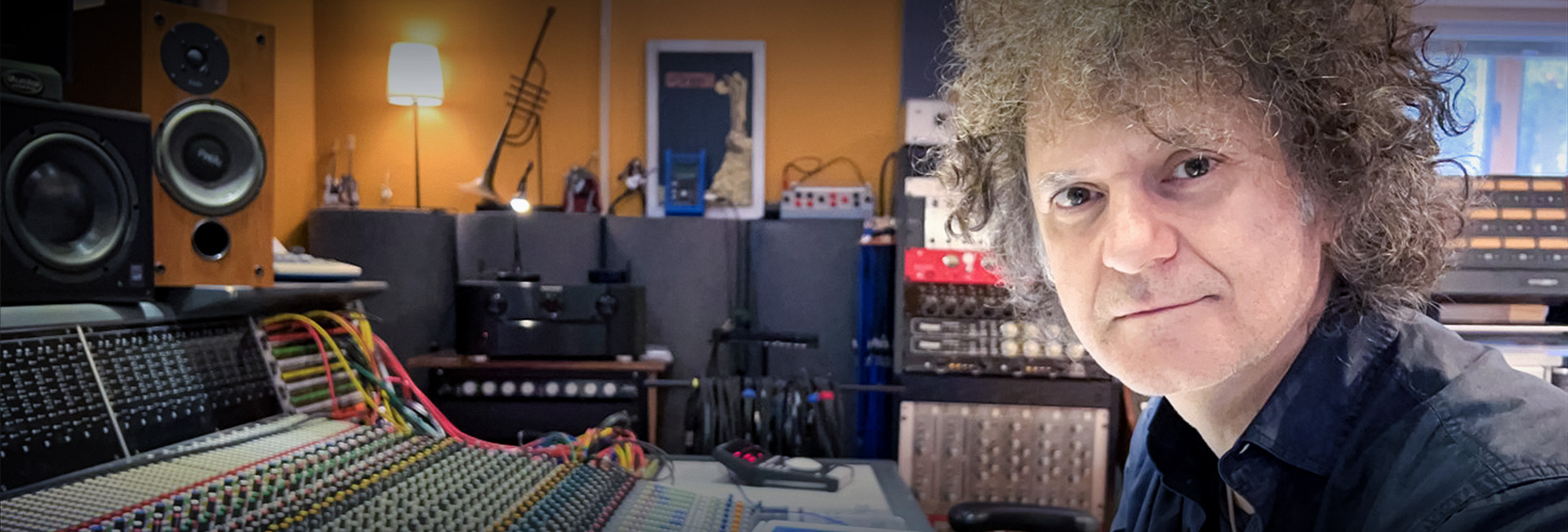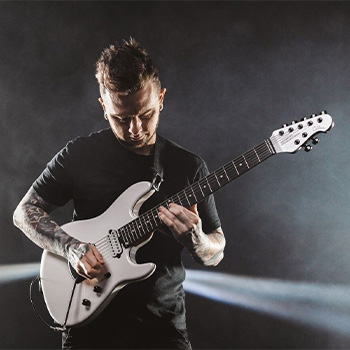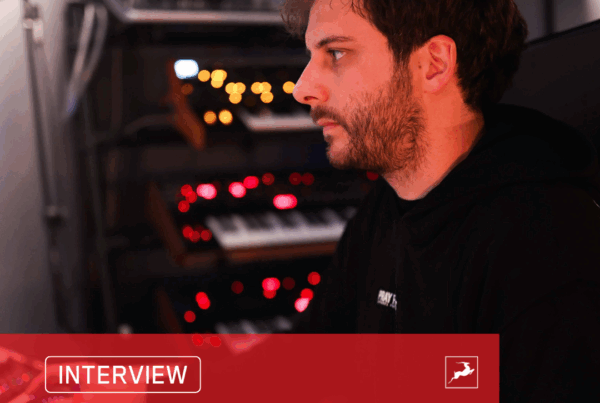The recent “Dune” movie adaptation had one of the most impressive imagery and sound in recent years. We managed to have a chat with one of the sound engineers who was part of the recording of the vocals for the score of the blockbuster movie. Kostadin Kamcev has been part of the team guided by Hans Zimmer for a second movie now and is willing to share a little behind-the-scenes information for what went into the making of the movie score.
Tell us a few words about yourself and your studio. What artists have you worked with in the past?
I was born in Macedonia and lived there for 33 years. In Macedonia, I was working as a recording engineer/studio owner ever since my high school days. I have built and owned 3 commercial studios and worked with the best and most successful artist from that period.
I moved to the USA in the beginning of 2000 with an idea to start my own recording studio. After working in a couple of studios in the New York/New Jersey area, in 2002 I opened my “Studio Mozart” with the gear I shipped along with me. Since then, the client list has been constantly growing. In “Studio Mozart” you could record a true analog session, work and mix in Dolby ATMOS, and every format in between. It is a true and unique hybrid-boutique recording studio.
The NY/NJ area is known for the diversity of music styles – Jazz, Rock, R&B, Hip Hop. Naturally I have been working with major artists from all the fields – Lenny White, Ron Carter, John Scofield, Oz Noy, Spanish Harlem Orchestra, Steve Smith, Neal Schon, John Patitucci, Bobby Rondinelli, Thommy Price, DMC (RUN DMC), Katrina (and the Waves) … and many, many others.
How did the “Dune” project come together?
For over 15 years now, I have been working with the excellent “Rhythm Vocalist” (as she likes to call herself), Loire Cotler, on her projects and various other projects. She is one of the best vocalists I have worked ever. It did not take long before Hans Zimmer discovered her and invited her to go to LA in his Remote Control Production house so she can record a few tracks for them. After that first contact, she explained to the team that she feels most comfortable working with me for future projects, directly from my “Studio Mozart” in NJ. She explained that we can deliver high quality tracks to them via various online data delivery services. We did that a few times as a test, and they were very pleased with the tracks we sent, so they opened the doors to us to experiment. First movie project we worked on was the movie called “Dark Phenix”, part of the “X-Men” series. We delivered very unique vocal soundscapes. Then, Disney’s movie “Raya and the Last Dragon” happened where we worked with James Newton Howard. Then came the movie “Dune”.
How were you involved in the project?
My role for the movies was to record featured vocalist Loire Cotler and send the tracks to Hans’ team at the Remote Control Production for incorporating them into the movie soundtrack. I also recorded tons of Loire’s voices that were used later to create various instruments for Hans. As an audio engineer and editor, I gave my input towards the soundscape for the voices we recorded, helping shape the wide dynamic and tonal plate she has to offer and making sure it is captured with true representation. I also did editing of the vocal diverge effects and various other sound scape effects.
What made the Dune project unique?
It was already Hans’ second movie that we worked on. This time he gave us plenty of freedom in terms of the shape and size of the tracks. She is really an excellent singer and can deliver impossible human voices. We were working together on the shaping of the vocals and getting demos for the team in LA. They were very happy with the tracks we were sending them, so they kept asking for more, and sending us additional scores to work on.
Did you like the movie itself?
Yes, absolutely. The movie is an excellent representation of the book “Dune” which was actually an inspiration for the Start Wars movies. This film is representing the original “Dune” story, and I’m very thankful I was part of the team.
What is important when recording sounds for a large-scale project?
Beside the end product, track organization and labeling are everything. With this team, we always had a code for the film, then purpose of the track and the artists’ initials, then numbers. Being able to deliver a numerous high-quality tracks within a time frame is so important for the movie industry because the director of the movie and film composer might change their mind even after spending a good amount of money and time on the music for a scene. They might completely rewrite and re-record the music after seeing the final scene with it.

Mozart Studio
How did your vocal chain look like?
After testing about dozen of the microphones and pre-amps/compressors, I settled on the main vocal chain consisting of one of my two Neumann M-149 75 Jubilee limited edition mic, going into the AMS Neve 1073, then the Tube Tech CL-1B with very light compression, straight to the Antelope Galaxy 64 Synergy Core converter, clocked by the Antelope 10MX atomic clock. Pro Tools HDX2 was the DAW of choice. I have to mention that the settings on the vocal chain, were changing constantly depending on the dynamic and the tone she was singing in. Everybody on the board was pleased with the delivered vocal quality. As I was delivering demo of the recordings, the team even asked for the vocals to be printed with the reverb (varying between Sony oxford plug-in, My real EMT 140 plate, Bricasti M7, Lexicon 960….). The Galaxy 64 and the 10MX atomic clock were big part of that signal chain and the sound quality, as the conversion was impeccably pristine and real!
What other movie projects have you been a part of?
The first movie of such magnitude was “X-Men: Dark Phoenix”, then Disney’s “Raya and the Last Dragon”
It was very interesting to see how different composers approach the process differently, and I was lucky enough to have worked for two of the biggest composers in the industry – Hans Zimmer and James Newton Howard.
Once Hans puts his trust in the vocalist and the team, he gives them the freedom to give their input towards the direction that he traces – this brings new inspirations to the score. James on the other hand, had very meticulously prepared directions and scores, and the vocalist’s role was to make them alive and inject fresh air into those notes, using their uniqueness of vocal abilities.
What movie would you want to record sounds for?
“Dune” was really a dream come true in the sense of recording tracks for the movie. I really like science fiction movies where imagination extends to the music score and beyond the picture itself.
Do you have any tips for our fans who record vocals?
First, learn the microphones and the mic pre/compressors you have. Then you listen to the vocal timbre of the vocalist in front of you. I’m listening to their voice as soon as they enter the studio and start talking. Subconsciously, I already go through my microphone collection and imagine which particular microphone is going to deliver their vocal timbre the best. Then in my head an elimination process starts, even though I’m still not firm; I might be wrong sometimes in my prediction. As you work more and more, you are less often wrong, which is a part of you learning your microphones and experience using them with different vocalists. Then you put up the winner in your head first and go from there. If the budget and time permits, I can change 7 or 10 microphones. This is the case with Loire before we settled on the chain we used.





